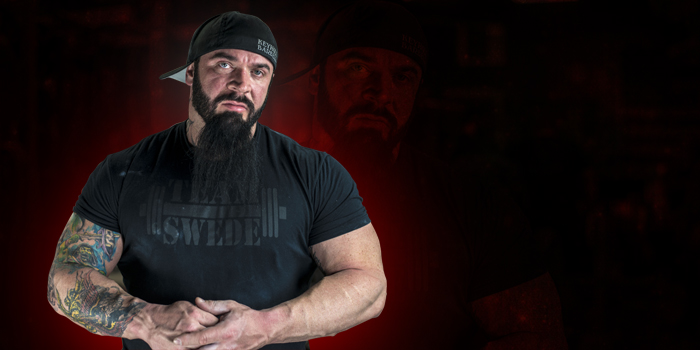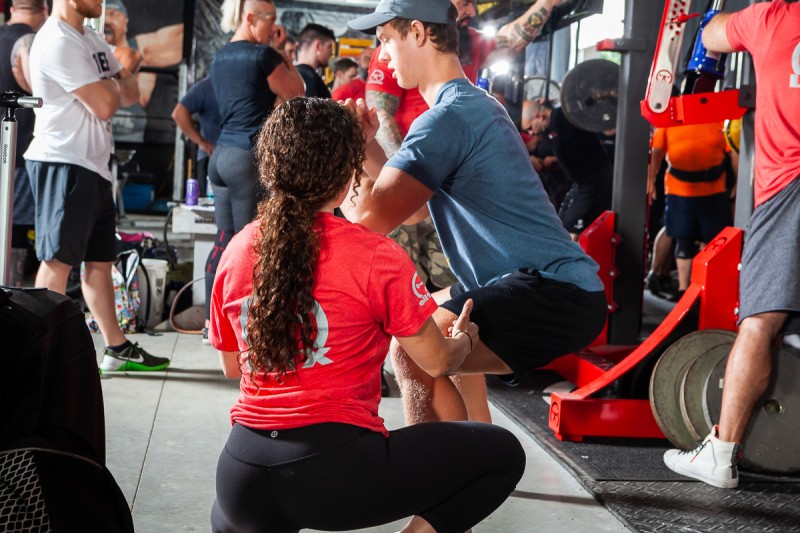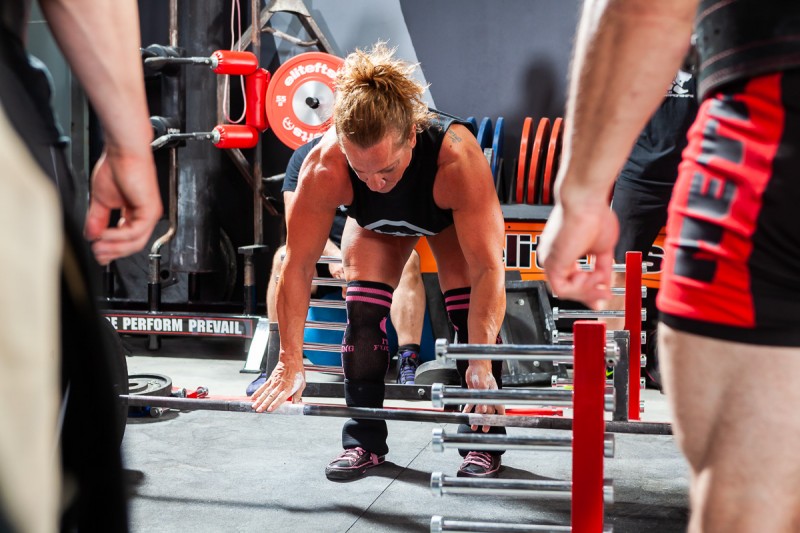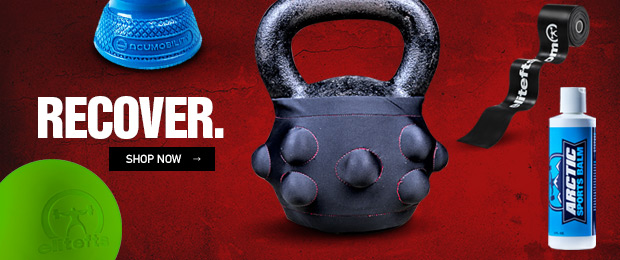
If you know anything about me, not much of what I say here is going to come as a surprise. I am a “plans” guy. I strive to be intentional and methodical with just about every action I take — premeditated, even. Except for any role played in someone’s death, of course. That would have to be the result of an unavoidable accident of some kind and not at all premeditated. Theoretical circumstance and knee-jerk reactive social situations aside, most of what I do is premeditated.
So it stands to reason, whether I am returning from injury or helping someone else with the process, I’m going to put together a long term strategy and plan of execution. I’m not a doctor. I’m not a physical therapist. I am a coach and lifter with a nice amount of experience with what comes after the doctors and physical therapists are out of the picture. I can’t put together individual strategies for all of you, but you can take the initiative using some fairly simple principles as guides.
RECENT: Powerlifting Meet Manual (with Formula for Selecting Attempts)
Before I lay out the three big principles I have to cover, I want to touch on some other things to consider. Last week I asked for some personal experience on this topic from other lifters and coaches on my social media. I’m limited to some degree, but I’ll include a few interesting points which were made by the respondents.
There are some positives if we play our cards right. Sometimes a hiatus from training isn’t such a bad deal. On the short term, it sucks, but if you’re playing the long game, a layoff can present some rare opportunities. For example, rehabbing after being cleared by your doctor is an opportunity for re-education but this can definitely be a double-edged sword. Coming back after a layoff can be a chance to address imbalances you’ve been putting off, but it also presents the opportunity for new imbalances to develop or even worsen if we aren’t careful. It makes sense to pay special attention to this aspect if that’s what caused the injury in the first place.

It’s a period that can be used to improve other lagging areas that are not affected by the injury, but it’s also a time when people tend to do some really dumb things in their training. Muscle memory is definitely a thing, and strength tends to come back quickly. As a result, for many lifters, testing becomes a normal and frequent ordeal. Common sense tells us constantly testing our strength after a layoff from injury might not be the best idea. But we will get into that, or more accurately, how to best make decisions about training in these circumstances (that is: way ahead of time).
The number of possible injuries that can put a lifter out of training for an extended period is ridiculously long, and there’s no way I could address them all. Nor can I talk about the best specific course of action in returning for each individual case. The best I can do is offer a few principles to help decision-making in this arena a smoother process across the board.
Have a Solid Plan and Stick to the Script
Have a plan and stick to it, even when things are going well. Especially when things are going well. If I could choose one piece of advice for you to take away from this article, it would be what you just read.
If we take a look at the problems lifters run into when returning to training after a layoff due to injury, we will notice a single thread winding through the entire ordeal: common sense. Or rather, most of these problems could be avoided by employing common sense in decision-making. Why do we struggle with that so much? Usually because we haven’t embraced any solid construct that prevents impulsive decision-making. Laying out a solid plan of action ahead of time can go a long way to help us avoid giving in to impulsivity.
We may be able to make good common sense judgments, planning things out ahead of time, but we could also choose to make entirely unrealistic plans for our return. It may be a good idea to run your plan by a few trusted people with experience in this realm.
Low and Slow at First
Of course, we all want to go back to training after an injury like nothing ever happened. Most of us feel like we have suffered enough, emotionally and psychologically, during the layoff from our passion. After being cleared to train, we are understandably excited to get back under some heavy weights and feel like ourselves again. However, if we head directly for that destination, we are probably going to end up compromising the recovery we’ve made and eventually backslide. This could be a result of either the same injury, which put us out before or something new related to compensation. I've dealt with both.
RELATED: Troubleshooting Strength Injuries: What is Autoregulation?
There is another sort of weakness that comes from any extended hiatus from the iron. That is perceived weakness or insecurity. The internet lets me watch plenty of this in real time, but I’ve seen my fair share over the years from lifters I’ve worked with as well.
It’s a combination of the perceived and actual loss of strength, though the latter tends to be outweighed by the former. This insecurity may account for the heaviest aspect of returning to training after an injury.

“Can I still lift this?” The answer is: not right now. It’s worth mentioning this is a problem I recognize plaguing lifters of every skill level, regardless of injury status, adjusting training based on mood or current emotional state. Bad business.
“I just want to feel the weight for confidence.” Imagine if being confident under heavy weights didn’t matter at all during this phase. Imagine if your best bet was to follow the intelligent plan we already discussed lying out (before touching a bar). Now accept that both of those are true most of the time, regardless of the injury you’re coming back from.
But one might expect with a still-recovering injury present, it would be obvious starting back slowly is the way to go. I mean, common sense, right? If you’re reading this, you’ve probably spent enough time in the weight room to know common sense is decidedly less than commonplace in there. The blood gets pumping and we begin to lie to ourselves about our capabilities. This is the land of testosterone and impulsivity.
Which is why having a solid plan and sticking to the script is the single most important principle for recovery. I’ve come back from various surgeries (even a serious one to my spine) and more torn muscles and nerve issues than I could possibly count, and this is the short list. Recovering from each of those was a long, harrowing process. Yet I am able to lift and live my life without nerve or back pain of any kind, and most of the muscles I’ve torn are working as well as ever, with the exception being my missing medial delt, whose performance has been underwhelming, to say the least.
How did I pull this off? (The recovery, not the medial deltoid.) I stuck to the script. Plain and simple. Even when I didn’t want to, I stuck to the script in every respect. I started back training below what my abilities were at that time, meaning I did far less than I was able with the affected muscles or areas every step of the way, focusing on proper movement rather than heavier loads. I did not allow myself to move poorly or fight through pain to lift heavier weights. As a result, I was able to lift heavier weights again without pain and without re-injuring myself 97 times.
It’s crucial to keep in mind a full recovery can take more or less time depending on the nature of the injury and the capacities of the lifter. My spine injury and the resulting surgery changed the way I will be able I train for the rest of my life. But that notwithstanding, it took me almost three years to get back to where I was before the injury in terms of poundage.
Nearly every success story shared with me, after I posted on my socials asking for personal experience, mirrored something similar to the point I just made. Some people seemed to beat their heads against the wall at first, but the overarching takeaway was universal. In order to recover, things have to change and the ego has to go.
WATCH: Table Talk — Bicep Tendonitis with Dave Tate and Joe Sullivan
My brother, Vincent Dizenzo, laid it out fairly simply. I’m paraphrasing here, but he said something to the tune of the following: If a lifter tries to come back from an injury after a layoff by training at the same level he was when he left, it’s going to work out about as well as a former heroin user starting back with the dose he was using when he quit.
That’s an apt comparison.
Use Your Pain
Pain can be a useful tool. Throughout this process, we should use it as a guide. It’s our bodies’ way of saying “hey, don’t do that,” almost always.
There are different types of pain, sure, but the kind of pain we experience from being injured is a little different than normal training pain. We know, almost instinctively, the former type of pain is a sign something is wrong, while the other is a sign things are right. As a rule, I personally have followed my own recovery plans to the letter, right up to that point of pain, even just marginally beyond it. But no more. In other words, I do not attempt to “train through” pain or anything like that while recovering from an injury. Ever.
Intelligent application of this principle can make a night and day difference in the outcome of our comeback strategy.
As always, if there is any topic you would like to read about in future articles, please feel free to reach out. And if you found this helpful, please share this on your social media.











1 Comment